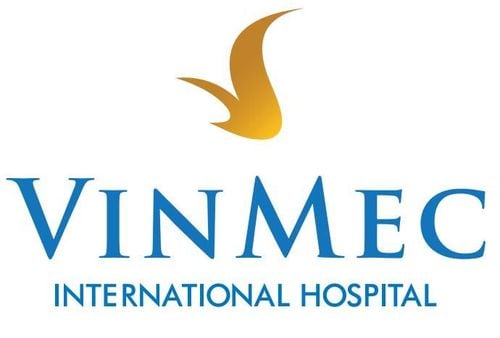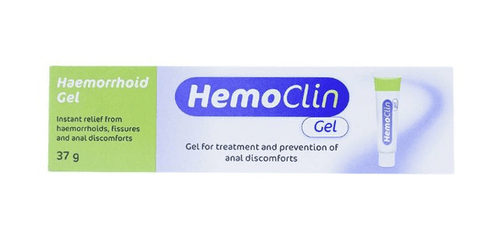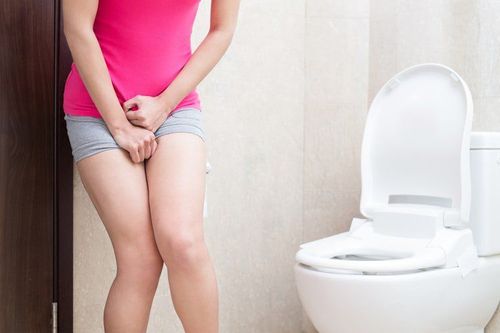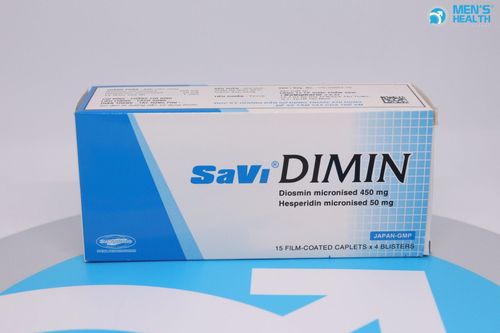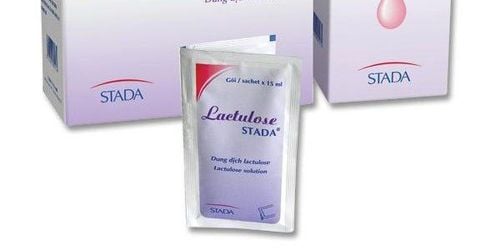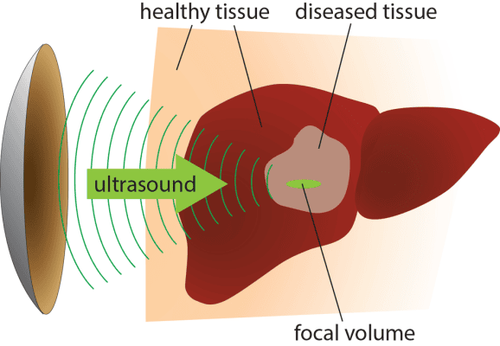This is an automatically translated article.
Hemorrhoids are the most common disease among colorectal diseases in our country with the rate of 35-50%. Although hemorrhoids are not dangerous, they can lead to other complications, greatly affecting the patient's life and work. Therefore, early recognition of mild hemorrhoids in the early stages is extremely important to promptly treat definitively, avoiding the disease progression.
1. What is hemorrhoids?
Hemorrhoids, also known as prolapsed disease, is a condition in which the veins inside the rectum and anus become swollen and swollen due to constant pressure or pinched nerves in the anus. too much. The disease usually appears between the ages of 45 and 60. However, now this disease is showing signs of rejuvenation with a high prevalence between the ages of 25 and 30, which is mainly caused by diet. improper drinking and lifestyle. Depending on the location of the hemorrhoid, it can be divided into 2 types: internal hemorrhoids and external hemorrhoids, specifically as follows:
Internal hemorrhoids: a condition where hemorrhoids form on the surface of the lining inside the anal canal. . In the early stages of the disease, it usually does not cause much pain to the patient and can not be seen with the naked eye. External Hemorrhoids: Hemorrhoids are formed and grow on the edge of the anus. The patient can observe the hemorrhoid with the eyes or even touch it lightly to feel the size of the hemorrhoid. External hemorrhoids often cause burning pain for patients, especially when sitting. Based on the progression of the disease, hemorrhoids can be divided into 4 stages. In which stage 1 is the mildest stage, new hemorrhoids form and symptoms are not obvious. If hemorrhoids are detected and treated at an early stage, they can be easily treated completely. As the disease progresses to more severe stages, treatment becomes more difficult and surgical intervention may be required.
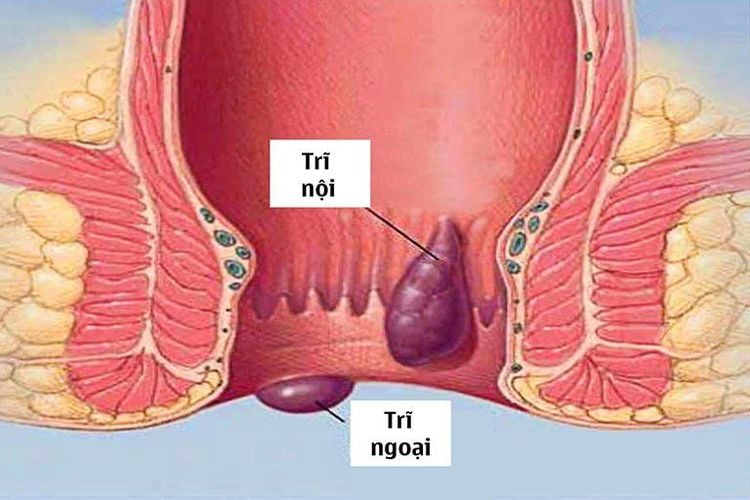
Trĩ nội độ 1-2 và trĩ ngoại bị sa ra ngoài
2. What are the signs of mild hemorrhoids?
Hemorrhoids if not detected and treated promptly will cause many dangerous complications for the patient. Therefore, early recognition of hemorrhoids, especially in the early stages of the disease, is extremely important. Depending on the type of hemorrhoids, the symptoms of mild hemorrhoids will vary.
2.1 Signs of Mild Internal Hemorrhoids Signs of grade 1 internal hemorrhoids are often not obvious and are easily missed by patients. For internal hemorrhoids in the early stages, the physical damage will be more difficult to recognize because the hemorrhoids are small and located deep inside the anal canal. Therefore, if there are no other symptoms of hemorrhoids, it is difficult to detect the disease. Patients may feel itching and discomfort in the anal area, especially when sitting for too long. Mucus can be secreted in the anus, making the patient feel wet and uncomfortable. There may be a burning sensation during and after defecation. In particular, the patient may see some fresh blood mixed in the stool or on the toilet paper. However, this symptom is more common in external hemorrhoids than in internal hemorrhoids. 2.2 Signs of mild external hemorrhoids Mild external hemorrhoids are easier to recognize than internal hemorrhoids. In the early stages of the disease, the patient may notice physical lesions including: the appearance of hemorrhoids, a slight protrusion from the anus that can be touched or seen with the eyes, especially during bowel movements. Patients can also feel the physical symptoms such as lumps, slight pain in the anus due to compressed hemorrhoids, wet anal area, itching and blood in the bowels. This amount of blood is usually small, clinging to the stool or seeping into the toilet paper. It is caused by the hemorrhoid rubbing against and bursting the blood vessels.
3. What should you do when you have hemorrhoids at a mild stage?
Principles of treatment of mild hemorrhoids emphasize on reducing pressure on blood vessels in the rectal-anal area and only using drugs when absolutely necessary. If you are showing signs of mild hemorrhoids, there are a few things you can do:
3.1 Eat a diet rich in fiber Constipation is a common cause of hemorrhoids. A healthy diet rich in fiber can help avoid constipation and limit pressure and damage to hemorrhoids. Fiber has a laxative effect. When entering the intestines, fiber absorbs a lot of water, increases stool volume and stimulates peristalsis to expel stool. Ease of defecation also helps relieve pressure inside swollen blood vessels and allows the hemorrhoid to shrink.
According to the National Institute of Nutrition, the minimum fiber requirement of Vietnamese people is 18-20g/person/day. Fiber is found in many plant-based foods such as vegetables, fruits, nuts, and whole grains. Some typical fiber-rich foods such as sweet potatoes, apples, bananas, kiwis, spinach,... However, it is important to add fiber slowly and at the recommended dosage to avoid bloating and difficulty. pepper.
3.2 Drink plenty of water Water is essential to life. Drinking enough water not only helps prevent constipation, slows down the progression of hemorrhoids, but also has many important roles in health. We should drink about 2-2.5 liters of water per day.
3.3 Increase mobility When there are signs of mild hemorrhoids, you need to increase movement, avoid sitting or standing for too long in one position. Maintaining exercise habits not only supports bowel movements, but also enhances blood return to the heart, reducing pressure on the blood vessels of hemorrhoids, so it is very important in the treatment of hemorrhoids. In addition, physical exercises also help improve health, muscle strength, reduce pressure on the abdomen when carrying heavy loads and improve many diseases such as obesity, diabetes, blood fat, ...

Bài tập cho người bệnh trĩ
3.4 Practice a reasonable toilet habit You need to build a suitable toilet habit to reduce discomfort when going to the toilet and prevent the disease from getting worse:
You should go to the toilet as soon as you feel sick. desire to defecate. If you try to ignore it, the water in the stool will be absorbed by the rectum, making the stool dry, difficult to pass and leading to constipation You should soak the anal area in warm water for 10-15 minutes every day When going to the toilet straining should be limited. Avoid sitting for too long on the toilet because it can increase pressure on the veins of the hemorrhoids Gently clean and clean the anal area after defecation 3.5 Medicines to treat mild hemorrhoids After changing habits habits and lifestyle, but the disease still does not improve, you need to see a doctor as soon as possible for advice on appropriate treatment measures. Patients should also see a doctor for differential diagnosis with dangerous diseases such as polyps or rectal cancer. Medications that may be prescribed for patients with mild hemorrhoids include pain relievers, anti-inflammatory drugs, medications to treat constipation, and medications to strengthen blood vessels. Medications for hemorrhoids can be taken orally, topically, or applied topically. Patients should not self-medicate, but should discuss with their doctor or pharmacist before using. In short, hemorrhoids are one of the causes of rectal bleeding, which, if not detected and treated promptly, can lead to dangerous complications affecting the health of the patient. Therefore, when you notice the warning signs of mild hemorrhoids, you should go to medical facilities for examination as soon as possible.
Please dial HOTLINE for more information or register for an appointment HERE. Download MyVinmec app to make appointments faster and to manage your bookings easily.




